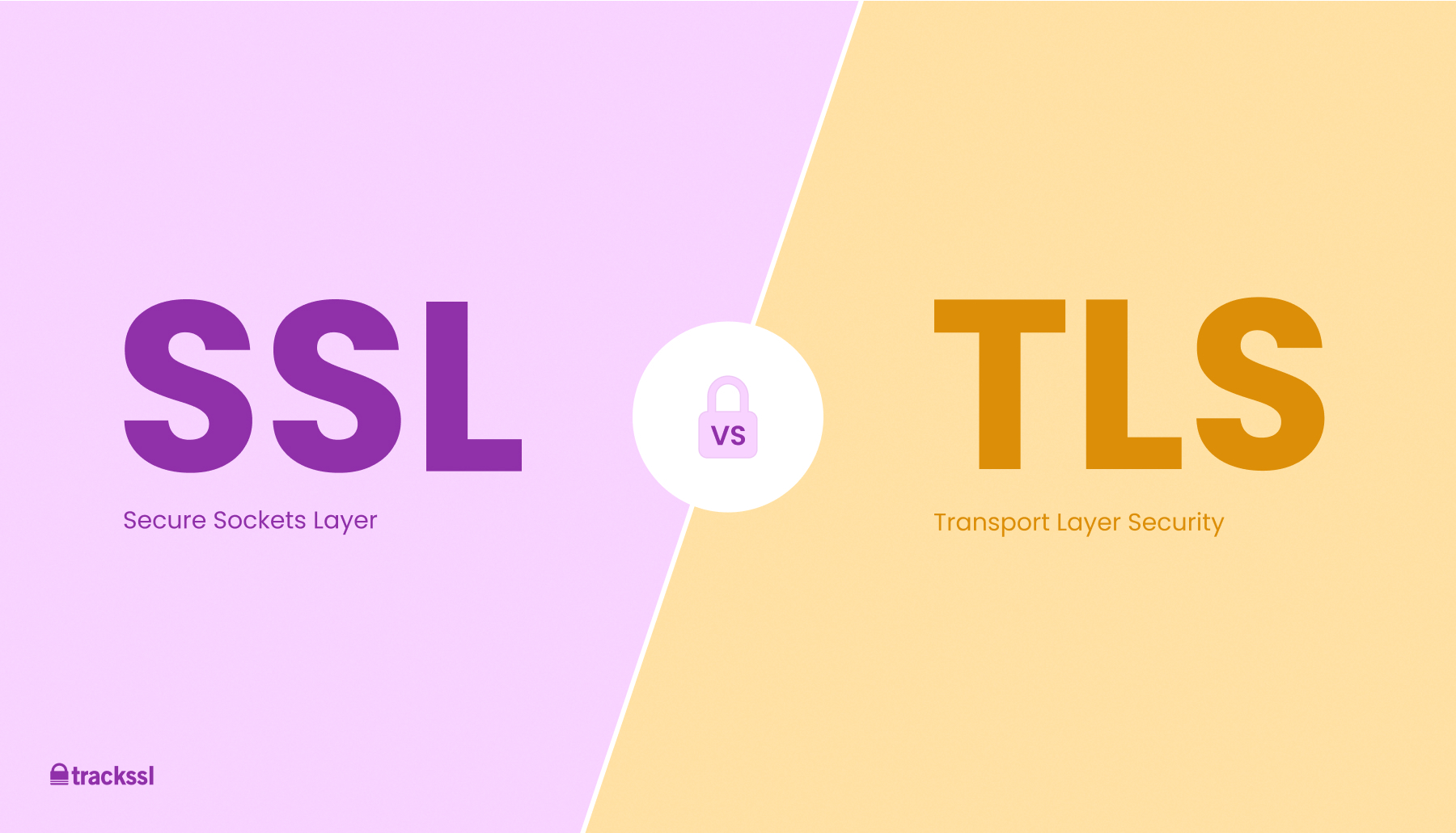In an era where digital communication permeates every aspect of our lives, the security of this communication has become paramount. Among the myriad of technologies designed to safeguard our online interactions, TLS (Transport Layer Security) and SSL (Secure Sockets Layer) stand out as pivotal protocols. Both serve as crucial safeguards for data exchange over networks, yet they exhibit distinct differences that can significantly impact online safety.
To fully grasp the relevance of TLS and SSL, it’s essential to start with their foundational principles. At their core, both protocols aim to provide secure channels for communication across untrusted networks. The primary function is to encrypt data, ensuring that any information—ranging from personal messages to financial transactions—remains confidential and reaches its intended recipient without interception.
SSL, developed by Netscape in the mid-1990s, served as the initial framework for secure communications over the Internet. Although SSL has undergone several iterations, it has now become largely obsolete, with notable versions like SSL 2.0 and SSL 3.0 no longer considered secure. In the wake of growing cybersecurity threats and vulnerabilities inherent in SSL, TLS emerged as its successor. TLS versions 1.0, 1.1, and the more recent 1.2 and 1.3, incorporate stronger cryptographic algorithms and enhanced security features designed to counteract modern threats.
One of the crucial distinctions between SSL and TLS lies in their robustness against attacks. For instance, SSL is susceptible to various vulnerabilities such as the POODLE and BEAST attacks which exploit weaknesses in the cryptographic implementations. In contrast, TLS was developed with these vulnerabilities in mind, employing more advanced mechanisms. Thus, opting for TLS over SSL is not just a matter of preference but a necessity for those seeking optimal protection against cyber threats.
The transition from SSL to TLS embodies more than just a technical upgrade; it reflects the constantly evolving landscape of cybersecurity. This evolution underscores a vital understanding: relying on outdated protocols can jeopardize both individual and organizational data security. The ramifications of data breaches extend far beyond immediate financial losses; they can irreparably damage reputations and erode consumer trust.
Furthermore, TLS not only outstrips SSL in terms of security features but also boasts enhanced performance. The introduction of TLS 1.3 significantly reduces the number of round trips required for establishing a secure connection. This results in lower latency, providing a seamless online experience for users. In our fast-paced digital world, where every millisecond matters, this efficiency becomes a notable advantage.
It is also pertinent to examine how these protocols are implemented in everyday applications. TLS is ubiquitous across the web; it underpins the HTTPS protocol, which secures transactions on e-commerce sites, protects personal information on social media platforms, and ensures secure interactions in banking applications. These implementations serve as critical examples of how TLS ameliorates our online experiences by safeguarding sensitive data from prying eyes.
The relevance of TLS can also be seen in the intersection of privacy concerns and legislation. With greater awareness around data protection laws like the GDPR (General Data Protection Regulation) and CCPA (California Consumer Privacy Act), organizations are held to higher standards for data security. Adopting TLS not only meets compliance requirements but also builds consumer confidence, which is increasingly crucial in today’s digital marketplace.
Moreover, as Internet of Things (IoT) devices proliferate, the necessity for secure communications becomes even more pronounced. The IoT ecosystem introduces a myriad of devices that continuously collect and transmit data. Ensuring that these communications are encrypted using protocols that are resilient against evolving cyber threats is vital for preserving user privacy and system integrity. Employing TLS in these scenarios guarantees that sensitive telemetry data remains secure, potentially preventing misuse or exploitation by malicious entities.
However, transitioning from SSL to TLS is not without its challenges. Legacy systems may still rely on older SSL protocols, and migrating to more secure systems can be both technically challenging and costly. Organizations must undertake careful planning and risk assessments to ensure that their infrastructure is capable of supporting TLS without disrupting operations. This includes the need for upgrading software, conducting thorough testing, and training personnel on the updated standards.
In summary, when examining the security landscape of online communications, the choice between TLS and SSL becomes strikingly clear. TLS not only addresses the vulnerabilities that plagued its predecessor but also offers increased efficiency, compliance with legal standards, and adaptability to the rising tide of IoT technologies. For users seeking to navigate the digital realm securely, opting for platforms that implement TLS is essential to maintain a safe online presence.
Ultimately, as cyber threats evolve, so must our understanding and application of security protocols. The era of SSL has concluded, paving the way for TLS as the benchmark for secure online communication. Adopting and advocating for TLS should be a priority for businesses and individuals alike, ensuring that our online interactions remain as secure as possible in an unpredictable digital landscape.








Leave a Comment